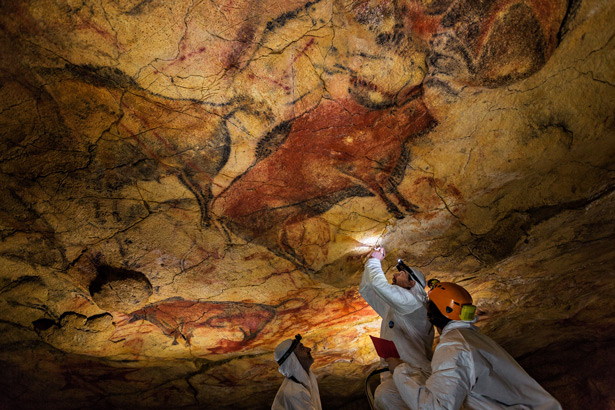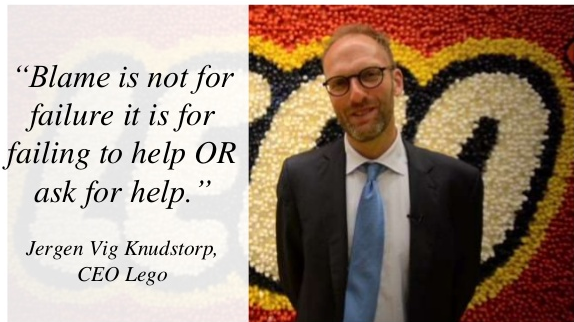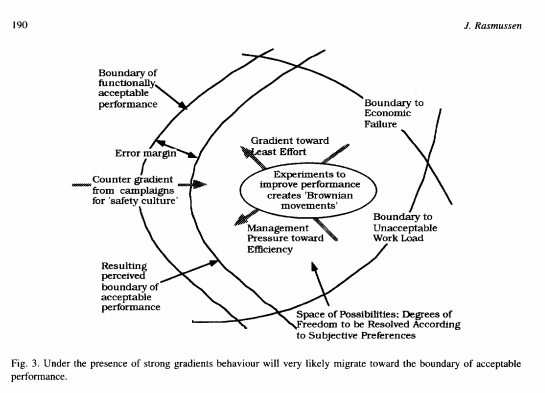Bikeshedding – A term that many safety people haven’t heard of yet know explicitly well.
It comes from Parkinson’s law of triviality as per the below
Parkinson’s law of triviality is C. Northcote Parkinson’s 1957 argument that members of an organisation give disproportionate weight to trivial issues. He provides the example of a fictional committee whose job was to approve the plans for a nuclear power plant spending the majority of its time on discussions about relatively minor but easy-to-grasp issues, such as what materials to use for the staff bike shed, while neglecting the proposed design of the plant itself, which is far more important but also a far more difficult and complex task [Source]
Sound familiar?
Ever focused on:
- A risk assessment (Take 5, SWMS, JHA) and not the infield execution.
- Correcting a behaviour with no discussion with the individual.
- The number on a risk assessment (H14, M8) vs verifying the risk prevention controls are in place
- The statistic and not the name of the person who is injured
- How many hazard cards handed in vs actual site condition
If you’ve answered yes to any of the above, you’ve participated in bikeshedding. Yet feel comfortable we all do it unfortunately. It’s damn hard to stay focused on what’s important. Especially, as seemingly in Safety this appears to change every few years depending on who you listen to.
To me, two things should be looked for if you want to avoid bikeshedding:
- What is the trajectory of what you are doing? ie take the action to its logical (and realistic) next step and then the step after that – be honest with this. Where does this lead you? Does it make a material change in reducing the risk?
- Does the action actually correlate towards your view of success or improvement? Or do you just think it will?

Low hanging fruit is great for quick wins, just make sure it’s fruit you are picking and you are not a koala eating leaves.























